The Columbus Panhandles
A Complete History of
Pro Footballs Toughest Team, 19001922
Chris Willis

SCARECROW PRESS, INC.
Published in the United States of America
by Scarecrow Press, Inc.
A wholly owned subsidiary of
The Rowman & Littlefield Publishing Group, Inc.
4501 Forbes Boulevard, Suite 200, Lanham, Maryland 20706
www.scarecrowpress.com
Estover Road
Plymouth PL6 7PY
United Kingdom
Copyright 2007 by Chris Willis
All rights reserved. No part of this publication may be reproduced, stored in a retrieval system, or transmitted in any form or by any means, electronic, mechanical, photocopying, recording, or otherwise, without the prior permission of the publisher.
British Library Cataloguing in Publication Information Available
Library of Congress Cataloging-in-Publication Data
Willis, Chris, 1970
The Columbus Panhandles : a complete history of pro footballs toughest team, 19001922 / Chris Willis.
p. cm.
Includes bibliographical references and index.
ISBN-13: 978-0-8108-5893-0 (pbk. : alk. paper)
ISBN-10: 0-8108-5893-2 (pbk. : alk. paper)
1. Columbus Panhandles (Football team)History. I. Title.
GV956.C65W55 2007
796.3326409777157dc22
2006029234
 The paper used in this publication meets the minimum requirements of American National Standard for Information SciencesPermanence of Paper for Printed Library Materials, ANSI/NISO Z39.48-1992.
The paper used in this publication meets the minimum requirements of American National Standard for Information SciencesPermanence of Paper for Printed Library Materials, ANSI/NISO Z39.48-1992.
Manufactured in the United States of America.

Contents

Preface
Very little has been written about the early days of professional football, especially the time before 1920, the year the National Football League (NFL) was founded. Most of the history of early pro footballremarkable stories that are yet to be discovered, stories of a sport that now is Americas favorite pastimeis still waiting to be told. That is why I wrote this book. The following true story is a small part of that history, the story of a unique teamthe Columbus Panhandles.
I research the NFL every day in my role as head of the research library at NFL Films, but my real connection to the Columbus Panhandles goes back to my hometown. As a native of Columbus, Ohio, I grew up knowing a little about the Panhandles, but most people there had never heard of them. Over time the city had fallen in love with the Ohio State Buckeyes and forgotten about the Panhandles. That devotion to the Buckeyes still exists. Attend an Ohio State game today and ask any of the one hundred thousand fans if they have heard of the Columbus Panhandles, and 90 percent would say no.
Thats a shame. The Panhandles were a very successful and popular professional team that helped pioneer a sport that the nation worships passionately today. In 2002 I set out to preserve the history of the Columbus Panhandles, and the result of that research is the first book ever written on the team. My goal was to locate everything I could about the teamand the task was tougher than I thought it would be.
Finding material on a team that first began playing more than a century ago was a big challenge. None of the Panhandle players were living, so I tracked down as many of their family members as I could. Then I arranged interviews to hear stories about the team. Some of these stories have never before appeared in print. I felt very fortunate to hear these tales. It was an opportunity to take a trip back in time, a time when professional football was just getting started on sandlots in towns like Columbus. After hearing these stories I almost felt like a member of the team.
After the interviews I tried to find the teams records, but unfortunately none survived. No onenot even the Pennsylvania Railroadkept the records, so I researched the newspapers of the day, starting in 1900 and going up to 1922. This became the bulk of my research. I was able to retrace the history of the team by going through roll after roll of microfilm. Throughout this book you will read excerpts from actual newspaper articles written by sportswriters of the day. Most of was written from these accounts and will give the reader a sense of how the press covered professional football at the start of the twentieth century.
The majority of the teams coveragefrom 1900 to 1922came from the four major newspapers in Columbus: the Columbus Citizen, the Columbus Dispatch, the Columbus Press-Post, and the Ohio State Journal. In addition to these newspapers, I researched the other papers in Ohio and in all the cities of the Panhandles opponents to see how the team was viewed outside its hometown.
Other information was obtained at facilities such as the Pro Football Hall of Fame in Canton, Ohio, and the Ohio Historical Society in Columbus. Both research centers have collections of photos, some of which are featured throughout the book to help bring to life the personality of this unique team. Most of the photos have never been published before.
As you can see, locating the material for this book was a difficult but enjoyable process. It definitely became a labor of love. In the end I was able to piece together the history of a forgotten team that played more than one hundred years ago in a city that should be proud of the teams accomplishments. I hope this book encourages more researchers to write about the early days of professional football.

Acknowledgments
As usual with a project like this, there are many people to thank. First I would like to thank my oldest brother, Rhu Willis, who spent just as many hours in front of a microfilm reader as I did. His work and countless hours of research can be seen throughout this book, and I couldnt have written it without his help.
I would like to thank Stephen Ryan, senior editor at Scarecrow Press, who has continued to believe in preserving the history of professional football. I cant thank him enough for his support. I also thank Jessica McCleary, production editor, and the entire Scarecrow staff for their efforts in getting this book published.
I want to thank Bob Carroll, the executive director of the Professional Football Researchers Association and editor of its newsletter, Coffin Corner, for all his guidance and help with this book. His early research and writing on the Panhandles was a tremendous asset in helping me with my own research. Bob is a true pioneer in the field of professional football history, and I couldnt have had a better guide to take me through this project.
A big thank-you goes to the families I interviewed, who took time from their busy lives to give me some insight to the men who played for this incredible team. Their stories brought back to life a time in professional football that has been virtually ignored. A special thanks goes to Irene Cassady, who allowed me to attend the Nesser family reunion in 2002, and who gave me so much information on the Nesser brothers that I felt like I was one of the family. She is a special person from a special family. I also owe a debt of gratitude to James and Velda Carr, Gregory Carr, Michael Carr, Linda and Bill Mulbarger, Sharon Ruh-Manhart, Hal Manhart, Al Cassady, Terri Mur-dick, Ted Schneider, Kate Benson, Babe Sherman, Connie Shomo, Sally Nesser, Tess Nesser, Joseph Nesser, Andrea Lynch, Theresa Graham, Dick Gaulke, Jeremy Brigham, James and Mary Brigham, Joe Colburn Jr., and Joseph and Katherine Colburn.


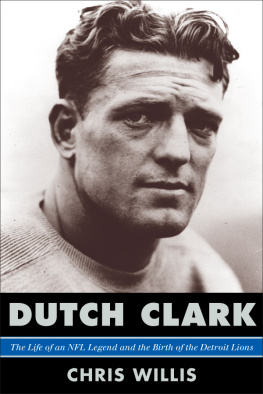
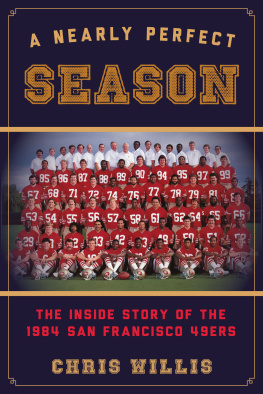
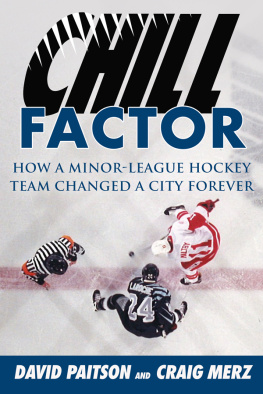
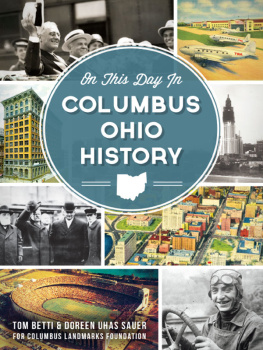
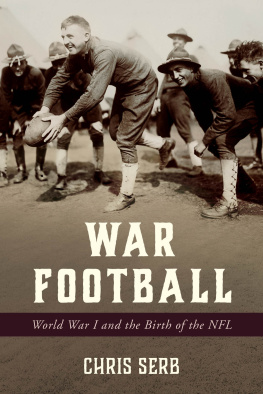
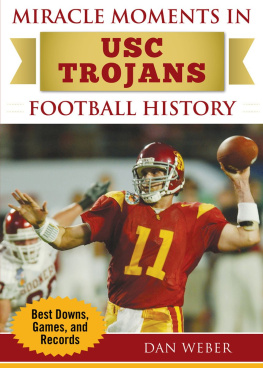

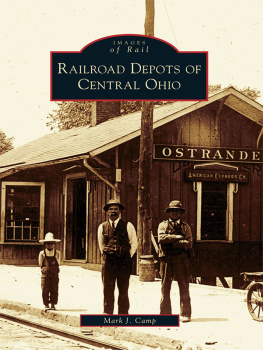
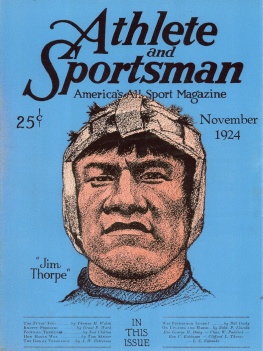
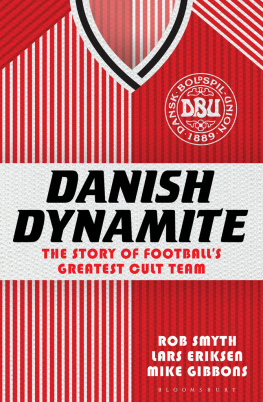

 The paper used in this publication meets the minimum requirements of American National Standard for Information SciencesPermanence of Paper for Printed Library Materials, ANSI/NISO Z39.48-1992.
The paper used in this publication meets the minimum requirements of American National Standard for Information SciencesPermanence of Paper for Printed Library Materials, ANSI/NISO Z39.48-1992.